HistoryGuy
Posts: 80
Joined: 1/7/2009
From: Woodbridge, VA
Status: offline

|
A report prepared for Headquarters Department of the Army, The Judge Advocate General in June 1973 entitled "The Status of Members of Philippine Military Forces in World War II" states on page 21:
"The USAFFE forces on the islands south of Luzon were composed almost entirely of PA troops (including a PC regiment). Other than commanders and staff officers, the major U.S. Army force on the southern islands consisted of two (sic?) companies of the 43d Infantry, Philippine Scouts. The untrained PA troops lacked personal and organizational equipment of all types. Artillery was in especially short supply and consisted, for the equivalent of four PA divisions, of only eight World War I type 2.95-inch mountain guns. Little sustained fighting took place in the southern islands except on Mindanao, where, in a brief campaign lasting from 29 April through 9 May 1942, the Japanese gained control of the island."
Additional information on US advisors/senior instructors in the PA is found on page 11 of the same report:
"President Roosevelt's Military Order of 26 July 1941 called the PA and PC into the service of the U.S. Armed Forces. The training and induction system, until then a basic responsibility of the PA, changed rapidly. Under direction of the newly formed Headquarters, United States Army in the Far East (USAFFE, General MacArthur in command), the U.S. Army Philippine Department prepared training circulars and programs for PA units inducted into USAFFE. It was intended that the integration of the PA into USAFFE would take place in increments, with the first increment of ten PA Reserve Divisions to be inducted on 1 September 1941. Mobilization of the entire PA (including PC) was to be completed by 15 December 1941. Under the new training programs, each Reserve PA Division was to have 40 US officers and 20 US Army (including PS) NCOs as instructors. This broke down further to two US Army officers to each PA Battalion and one US Army NCO per PA Company. As best it could, the Philippine Department supplied the instructors from the US Army (including PS) units in the Philippines, but a sizeable number of instructors, the bulk of them US Army Reservists, came from officers shipped to the Philippines beginning in July 1941. Whatever the source of the US Army instructors for the accelerated PA training program, these instructors imposed a yet stronger patina of the US Army on the PA."
I also found a list of PA commanders which differs slightly from my earlier post (wish I had located this report sooner as it would have saved me about twelve hours of looking through "The Last Ditch" and other publications)
1st Philippine Division (BG F.V. Sequndo)
1st Infantry - MAJ A.M. Santos, MAJ McCollum, COL K.L. Berry
2d Infantry - COL C. Duque (PA)
3d Infantry - COL K.L Berry
2d Division (MG G.B. Francisco) (PA)
1st PC Regiment - LTC I. Alexander
2d PC Regiment -
4th PC Regiment -
91st Division - BG L. Stevens
91st Infantry -
92d Infantry - LTC J.H. Rodman
2/92 - MAJ J.B. Crow
93d Infantry - MAJ J.C. Goldtrap
1/93 - MAJ Hoyt
2/93 - CPT Finigan
3/93 - CPT Burlando
101st Division - BG J.P. Vacon
101st Infantry - LTC R.J. Nelson, LTC J.H. McGee
2/101 - LTC R.B. Hilsman
102d Infantry -
2/102 - LTC R. Graves; MAJ H.W. Baldwin
103 Infantry - MAJ J.R. Webb
101st FA (Infantry) - LTC R. Graves
84th Infantry (Non-Divisional)
2/84 - CPT Childress
3/84 - MAJ McLish
|
 Printable Version
Printable Version
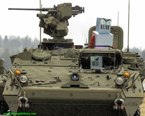





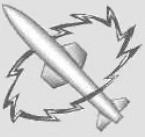





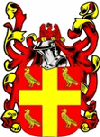
 This was my design contribution to the team...so far it seems to be standing up to the tests..
This was my design contribution to the team...so far it seems to be standing up to the tests..
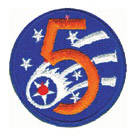


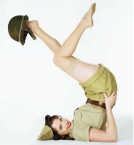

 New Messages
New Messages No New Messages
No New Messages Hot Topic w/ New Messages
Hot Topic w/ New Messages Hot Topic w/o New Messages
Hot Topic w/o New Messages Locked w/ New Messages
Locked w/ New Messages Locked w/o New Messages
Locked w/o New Messages Post New Thread
Post New Thread